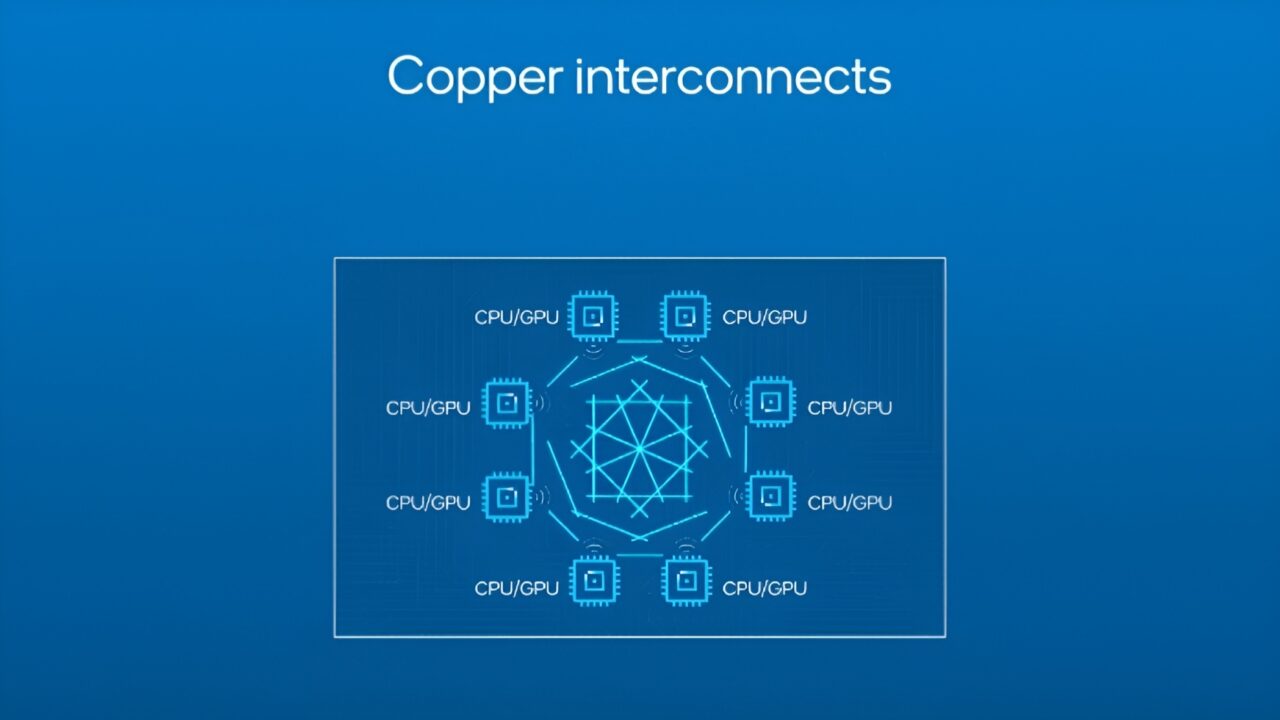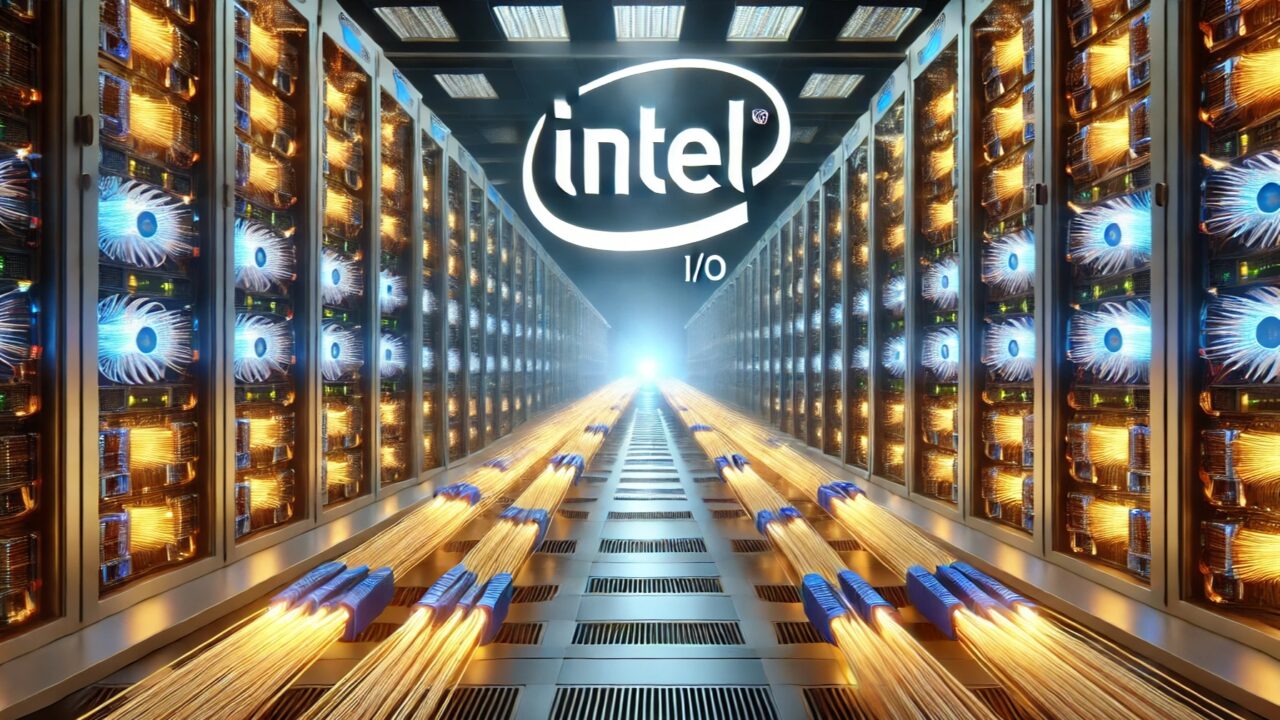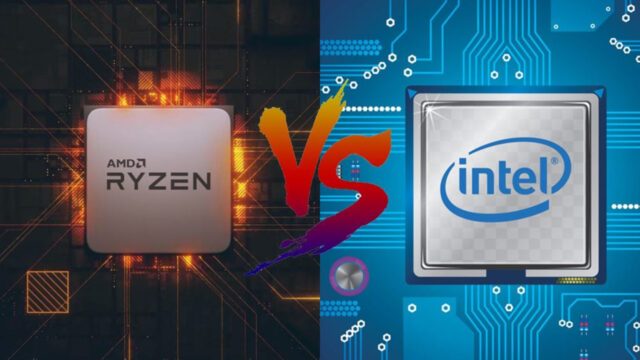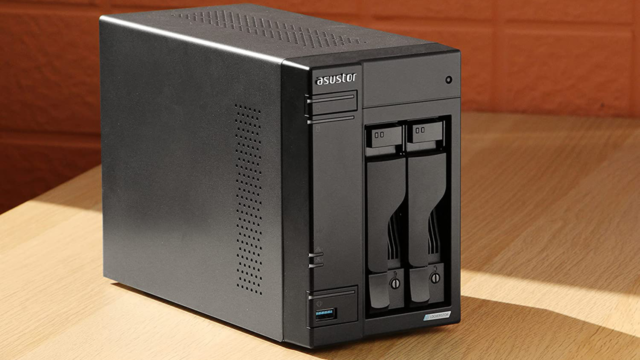Traditional data transfer methods rely on electrical I/O (input/output), which can be insufficient for large AI models and data-intensive operations. Intel has taken a revolutionary step in data transfer by using optical I/O, extending data links between CPUs and GPUs from 1 meter to 100 meters using light. What does this mean, and why is it important? Here are the details…
Intel’s Optical I/O Technology: 100-Meter Data Transfer Using Light Between CPU and GPU
While electrical connections provide high bandwidth and low power consumption, they typically can’t transfer data over distances greater than 1 meter. This limitation poses significant challenges for data centers and large server farms.

Intel’s new solution addresses this issue with optical I/O (data transfer using light), allowing data transfer distances of up to 100 meters. This offers a significant advantage in data centers, enabling more data to be transferred with less power consumption.
Optical I/O uses light instead of electricity to transfer data. Compared to traditional copper cables used in data centers, this technology is much more efficient. Light can carry data faster and over longer distances. By utilizing this new technology, Intel has developed optical chips capable of supporting 64 channels at 32Gbps each.

- Extended Data Transfer Distance: Increases the maximum data transfer distance from 1 meter to 100 meters.
- Higher Efficiency: Uses less power while transferring more data.
- Enhanced Performance: Light-based data transfer is faster and more reliable over long distances compared to electrical connections.
- Scalability: Ideal for large AI models and data-intensive operations, making data centers more efficient.
Intel plans to further develop and implement this new optical I/O technology in data centers and large-scale computing systems. By accelerating data transfer and improving energy efficiency, this technology provides an ideal solution for handling big AI models and data-intensive tasks.
What do you think about Intel’s new technology? Share your thoughts in the comments section below.














